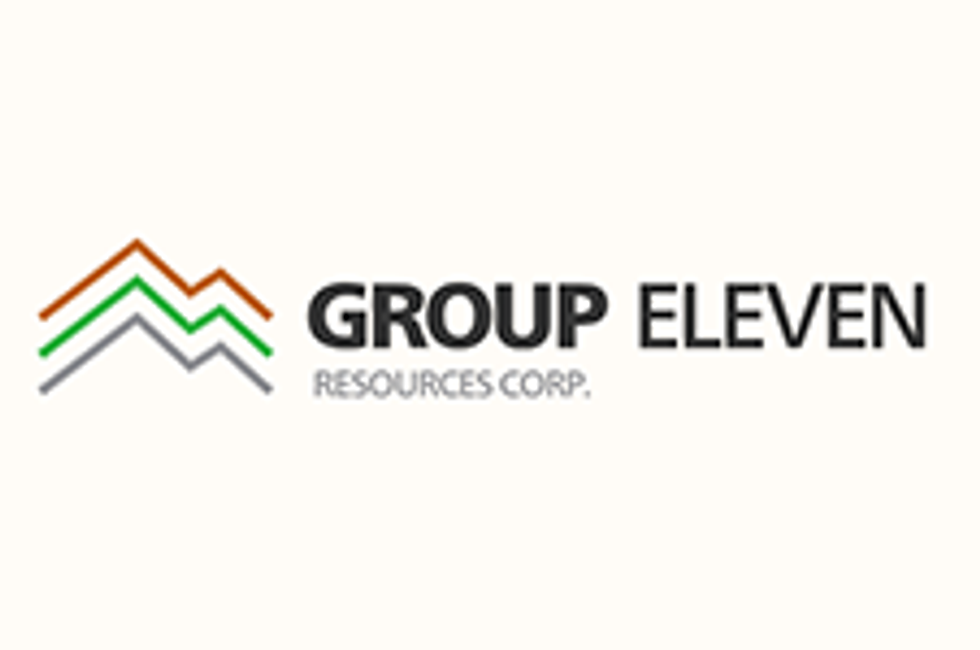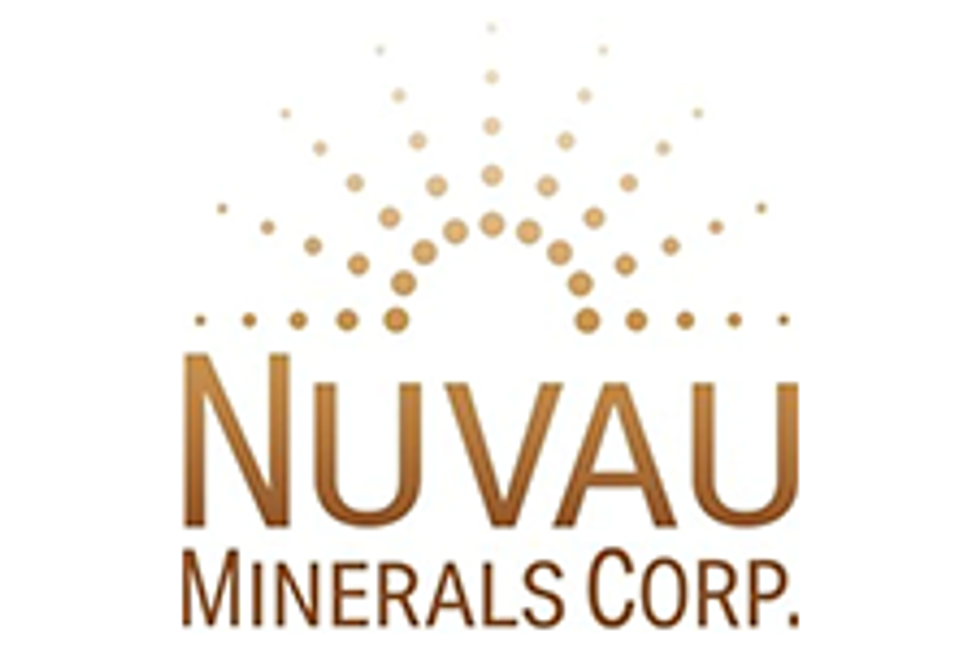Open Mineral: Zinc Bottom Likely Past, but Prices to Stay Volatile

Ryan Cochrane of Open Mineral said it is very likely the refined market will be oversupplied due to the acute demand shock faced in H1.
After hitting a low of US$1,773.50 per tonne at the end of March, zinc prices have slowly trended upward — but not without hiccups along the way.
In Q2, the zinc price found support as the Chinese economy ramped up and as supply fell due to COVID-19 restrictions and/or price related issues, according to Ryan Cochrane of Open Mineral.
“I was surprised slightly at how well the zinc price held up,” he said. “Fundamentals deteriorated very quickly from March onwards.”
Major zinc-producing countries such as Peru have seen governments take strict measures to contain the virus, with lockdowns hitting supply of the base metal. Macquarie Bank estimates that over 500,000 tonnes of production have been lost so far, representing more than 4 percent of global output.
For Cochrane, Latin America has not yet passed the worst of the first wave of the coronavirus.
“So in terms of exported zinc concentrate, what happens in Mexico, Peru, Bolivia is still a key driver to watch,” he said. “It’s likely there will be a gradual improvement in supply, but (I am) not expecting a rapid rebound by any means.”
In 2019, Peru produced 1.4 million tonnes of zinc, with Mexico and Bolivia producing 690,000 tonnes and 460,000 tonnes respectively, according to the US Geological Survey.
Looking at demand, Cochrane is expecting to see an uptick in demand in the second half of the year.
“(I) would certainly expect a gradual improvement in demand as economies gradually ease lockdowns. Particularly from Europe and North America and ongoing improvements in China,” he said.
For Cochrane, smelter appetite for concentrate will continue to provide a decent indication on where first-use demand is.
“Chinese smelter output fell sharply in May, likely due to two reasons: rapidly eroding revenues as low zinc prices and plummeting treatment charges (TCs) eroded revenues, and weak end-use demand, with robust domestic Chinese demand being offset by a weak export market,” he explained.
Cochrane added that it is very likely the refined market will be oversupplied due to the acute demand shock faced in H1.
“Smelters have not cut output to the same degree that refined metal demand has fallen. Where the market has shifted dramatically is on the concentrate balance,” he said.
Many experts were expecting substantial surpluses at the start of the year, but after COVID-19 brought disruptions, analysts agree there have been deep deficits at least through the first five months of the year, Cochrane added. “Plummeting spot TCs from March onward attested to this,” he said. “I would keep an eye on Chinese smelter output.”
According to NBS, May refined output fell about 6 percent year-on-year, and with smelter profitability and sluggish end-use demand still very much front of mind, the market could see smelter cuts — particularly in China. That could lead to a tighter refined market than people expect.
“In this case, watch for the Shanghai Futures Exchange/London Metal Exchange arb to open over the summer, resulting in stronger-than-expected refined imports,” he said.
For investors following the zinc market closely, Cochrane said there are a number of factors to keep an eye out for as the second half of the year kicks off.
He said investors should expect mine supply numbers in Q2 to be very weak, and should anticipate a continued lag effect of “bad” data.
“This should keep markets volatile as bad news in the rearview mirror depresses confidence,” he said. “But zinc prices likely bottomed in mid-late March.”
Going forward, cost curve pressure solidified by high annual benchmark treatment charges for miners will continue to remove higher-cost supply and support prices.
On Monday (June 29), zinc prices were trading at US$2,057 on the London Metal Exchange.
Don’t forget to follow us @INN_Resource for real-time updates!
Securities Disclosure: I, Priscila Barrera, hold no direct investment interest in any company mentioned in this article.
Editorial Disclosure: The Investing News Network does not guarantee the accuracy or thoroughness of the information reported in the interviews it conducts. The opinions expressed in these interviews do not reflect the opinions of the Investing News Network and do not constitute investment advice. All readers are encouraged to perform their own due diligence.

